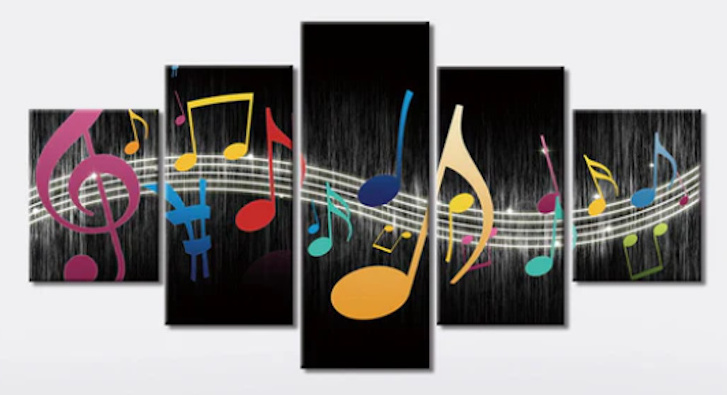
 |
|
|
|
The Evolution of Pop Music: A Journey Through Time: :Indie Music: The History of Indie Music: Indie-a genre that's not just about sound, but also about ethos. Indie is one of the most eclectic, influential, and ever-evolving movements in modern music. What Is Indie Music? Originally, "indie" meant independent-music released outside the major label system. Over time, though, it also came to represent a distinct sound and attitude, especially in rock and pop contexts. Indie music tends to be: DIY in spirit - self-made, self-released, or created on a shoestring budget Experimental or genre-blending Non-commercial in tone, even when popular Associated with authenticity, quirkiness, and creative freedom Today, indie is more about an aesthetic or vibe than label status-many "indie" bands are signed to major labels but still considered indie in style. A Brief History of Indie Music Late 1970s-1980s: Indie Rock's Foundations Rooted in punk and post-punk, especially in the UK and US Independent record labels like Rough Trade, 4AD, Factory, and Sub Pop emerged Influential early indie bands: The Smiths Joy Division R.E.M. Sonic Youth Pixies The Jesus and Mary Chain These acts mixed raw production with melodic hooks, poetic lyrics, or noise experimentation-creating a blueprint for indie rock. 1990s: Indie Goes Wide In the UK: Britpop (Blur, Pulp, Oasis) rose from indie roots, mixing pop hooks with working-class swagger In the US: Lo-fi indie and college rock exploded with bands like: Pavement Built to Spill Sebadoh Elliott Smith Neutral Milk Hotel Labels like Merge, Matador, and Drag City championed this wave of weird, heartfelt rock. 2000s: The Indie Boom This was the golden age for indie in the mainstream: The internet and file sharing helped fans discover bands outside the mainstream Pitchfork became a tastemaking force Iconic bands of this era: The Strokes - garage rock revival Arcade Fire - orchestral indie rock Modest Mouse The Shins Interpol Death Cab for Cutie Yeah Yeah Yeahs TV on the Radio Vampire Weekend This era saw a wide spectrum-some bands were raw and noisy, others were lush and literary. Indie became cool, yet somehow remained countercultural. 2010s-Present: Indie Diversifies Indie has become genre-fluid, embracing: Indie Pop - synths, dreaminess (Beach House, MGMT, Clairo) Indie Folk - acoustic and emotional (Bon Iver, Fleet Foxes, Sufjan Stevens) Indie R&B / Bedroom Pop - smooth, lo-fi vibes (Steve Lacy, Rex Orange County, Cuco) Indie Electronic - synth-based, chill or danceable (Tame Impala, CHVRCHES, M83) Spotify, Bandcamp, and social media have redefined what “indie” means, making it both more accessible and more fragmented. Indie Aesthetic Visuals: Minimalist, vintage, artsy, DIY Lyrics: Often introspective, ironic, melancholic, or clever Fashion: Thrift-store chic, normcore, or '90s throwback Culture: Zines, coffee shops, college radio, film soundtracks (think Garden State, Juno) Indie Subgenres and Styles Indie Rock Indie Pop Indie Folk Chamber Pop Dream Pop Lo-fi Garage Rock Revival Post-Rock Indietronica Bedroom Pop Indie Today Now, "indie" is more democratic than ever. Artists can go viral on TikTok, release music on Bandcamp, or build niche followings on Discord and Reddit. Examples of current indie acts: Phoebe Bridgers Boygenius Arctic Monkeys (still kicking) Mac DeMarco Beabadoobee Snail Mail Soccer Mommy Faye Webster |
|
|